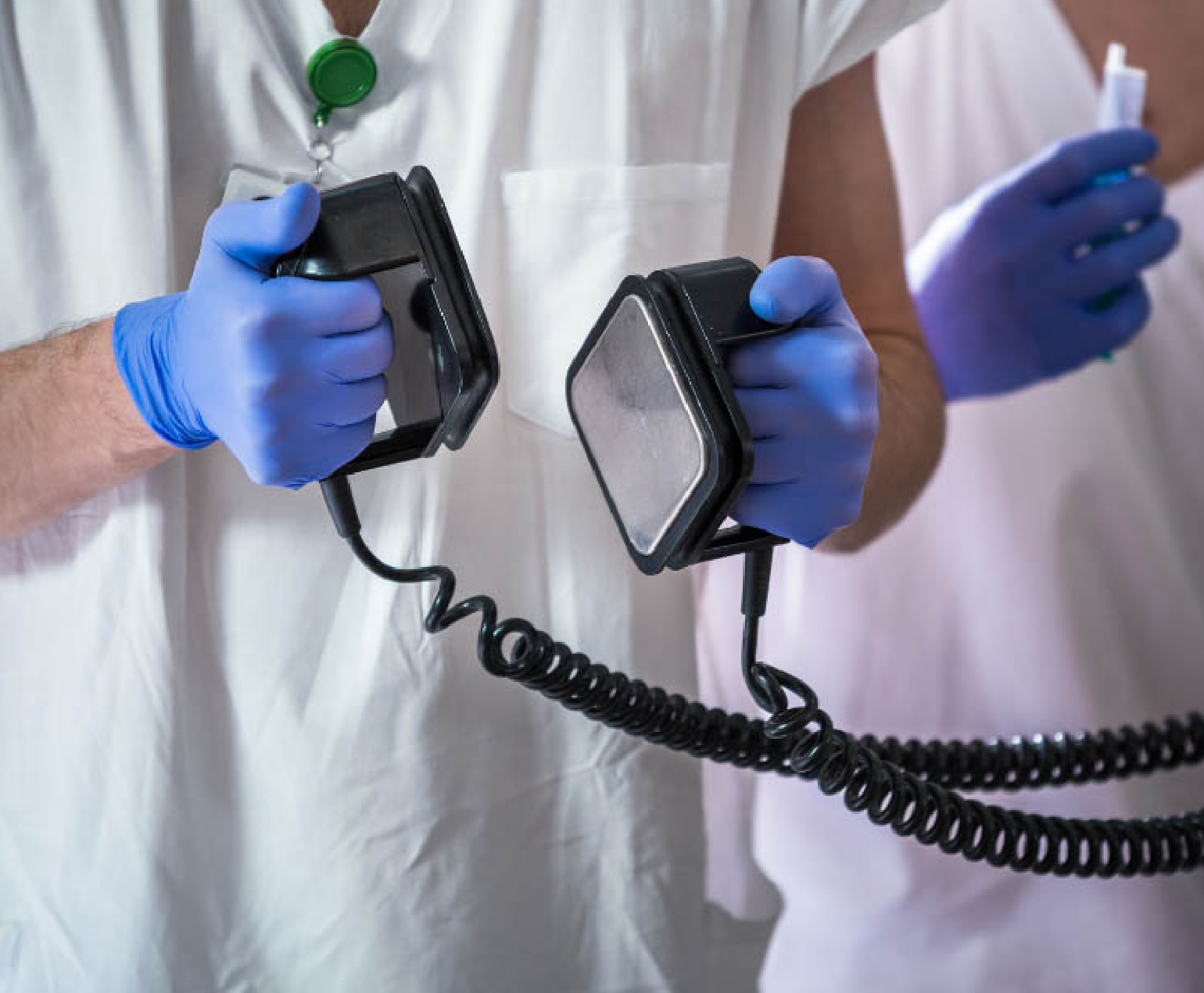Electrical cardioversion is a medical procedure that is used to treat abnormal heart rhythms, also known as arrhythmias. This procedure involves the delivery of a controlled electric shock to the heart through two large pads or paddles placed on the chest. The shock interrupts the abnormal electrical activity of the heart and allows it to reset to its normal rhythm.
Arrhythmias
Arrhythmias can occur in the upper chambers of the heart (atria) or the lower chambers (ventricles). The most common arrhythmias are atrial fibrillation, atrial flutter, and supraventricular tachycardia. These arrhythmias can cause symptoms such as palpitations, dizziness, shortness of breath, chest pain, and fatigue. If left untreated, they can also increase the risk of stroke, heart failure, and other serious complications.
Electrical cardioversion procedure
Electrical cardioversion is performed by a trained healthcare provider such as a cardiologist. Before the procedure, the patient is given medications to reduce the risk of blood clots and to ensure that the heart is in the correct rhythm. The cardiologist then places the pads or paddles on the chest of the patient, and a brief electric shock is delivered to the heart.
The amount of electricity delivered is carefully calibrated to ensure that it is enough to reset the heart’s rhythm without causing any damage to the heart or surrounding tissues. The shock can cause the patient’s muscles to contract, which can sometimes be painful. However, patients are typically given sedation or anaesthesia to minimize discomfort during the procedure.
Once the heart has been reset to its normal rhythm, the patient is monitored closely for a period of time to ensure that the heart remains stable. In some cases, additional electrical shocks may be needed to maintain the normal rhythm.
Electrical cardioversion is a highly effective procedure for treating certain types of arrhythmias. In many cases, it can restore normal heart function almost immediately. However, the success of the procedure depends on several factors, including the type and severity of the arrhythmia, the duration of the arrhythmia, and the overall health of the patient.
Medical evaluation before electrical cardioversion
Before undergoing electrical cardioversion, patients will usually undergo a thorough medical evaluation to ensure that they are good candidates for the procedure. This evaluation may include blood tests, an electrocardiogram (ECG), a chest X-ray, and other tests as needed. The healthcare provider will also review the patient’s medical history, including any medications or supplements that the patient is taking.
Patients with certain conditions may not be suited for electrical cardioversion. For example, patients with certain types of heart disease, severe lung disease, or a history of blood clots may be at increased risk of complications from the procedure. The doctor will carefully evaluate the patient’s medical history and perform any necessary tests to determine whether electrical cardioversion is safe and appropriate.
Electrical cardioversion is generally a safe procedure, but like any medical procedure, it can have some risks. The most common side effect is mild skin irritation or burns where the pads or paddles are placed on the chest. These typically heal within a few days.
Patients may also be advised to make certain lifestyle changes, such as quitting smoking, reducing alcohol intake, and losing weight, to reduce the risk of future arrhythmias.
Conclusion
Electrical cardioversion is an effective treatment for certain types of arrhythmias. With proper care and follow-up, many patients can expect to have improved heart function and reduced risk of future arrhythmias.

